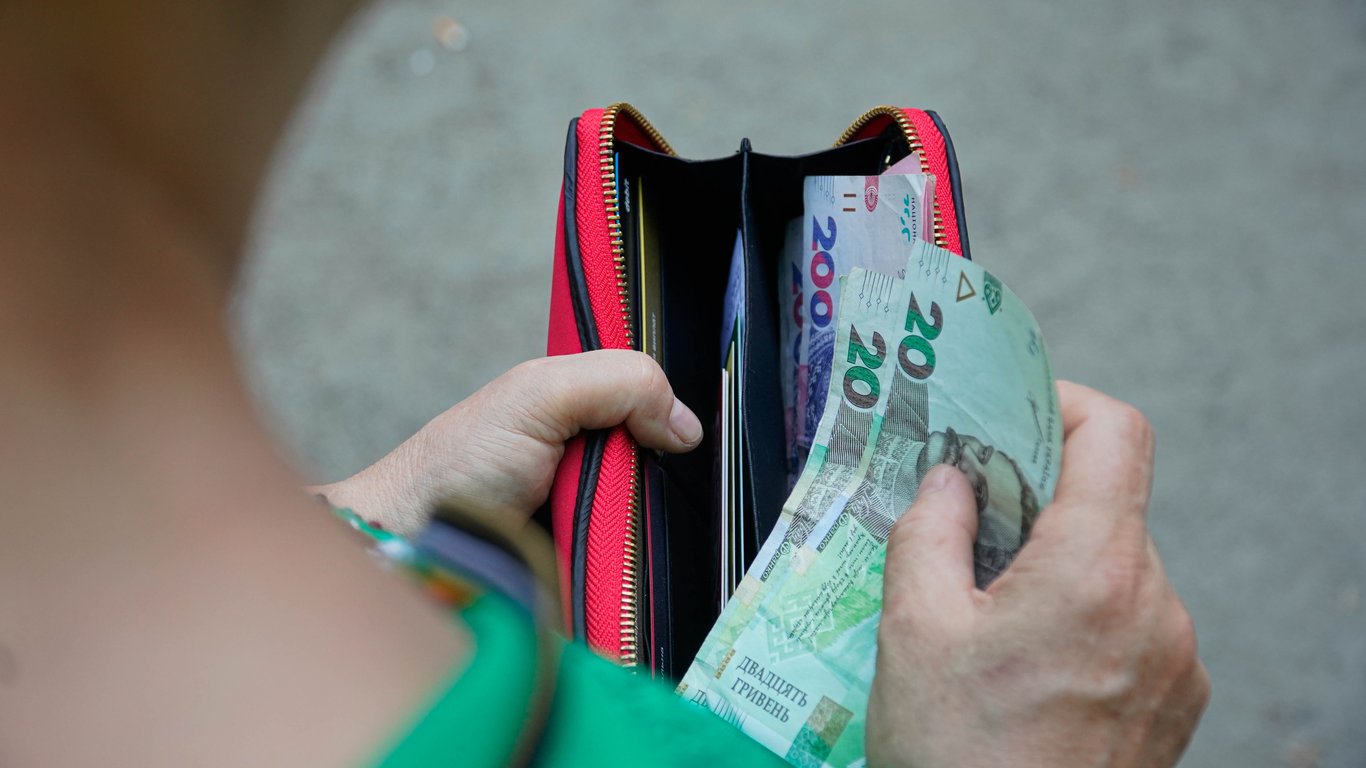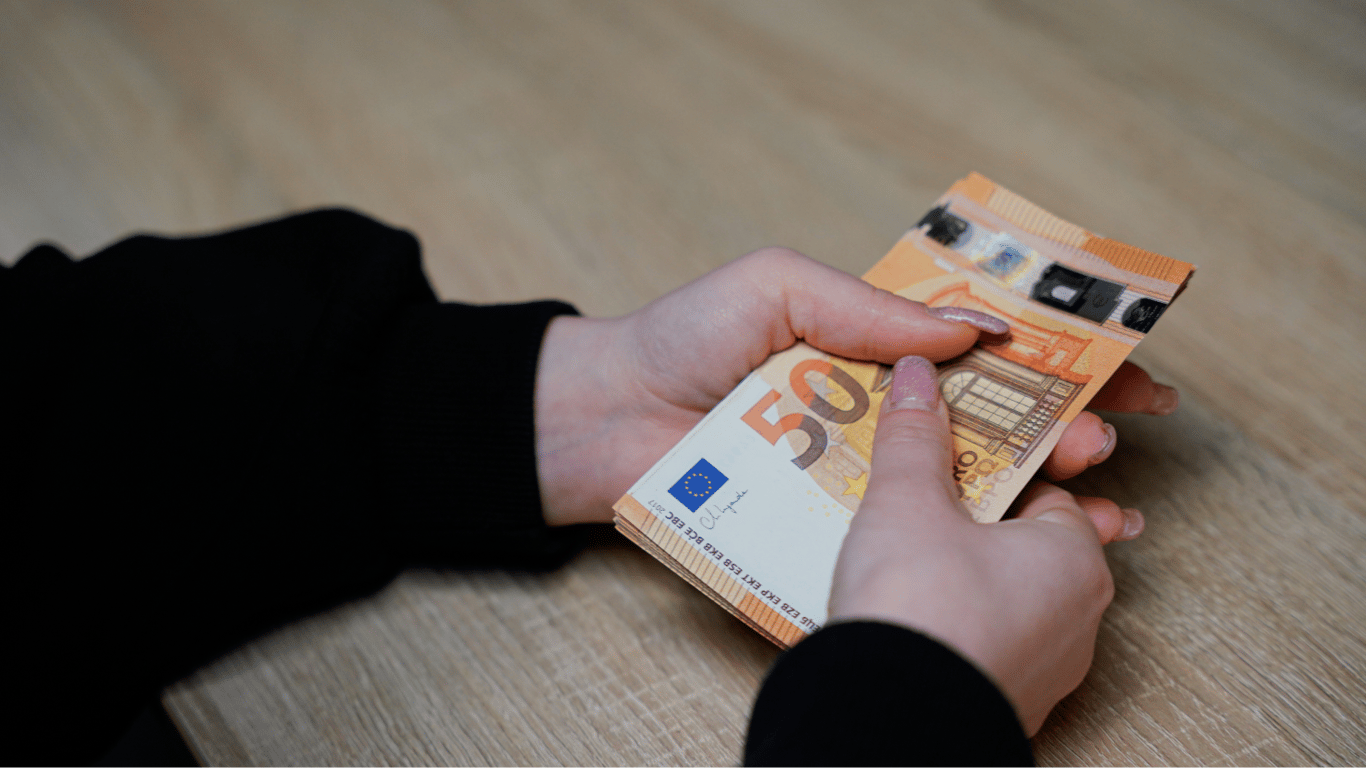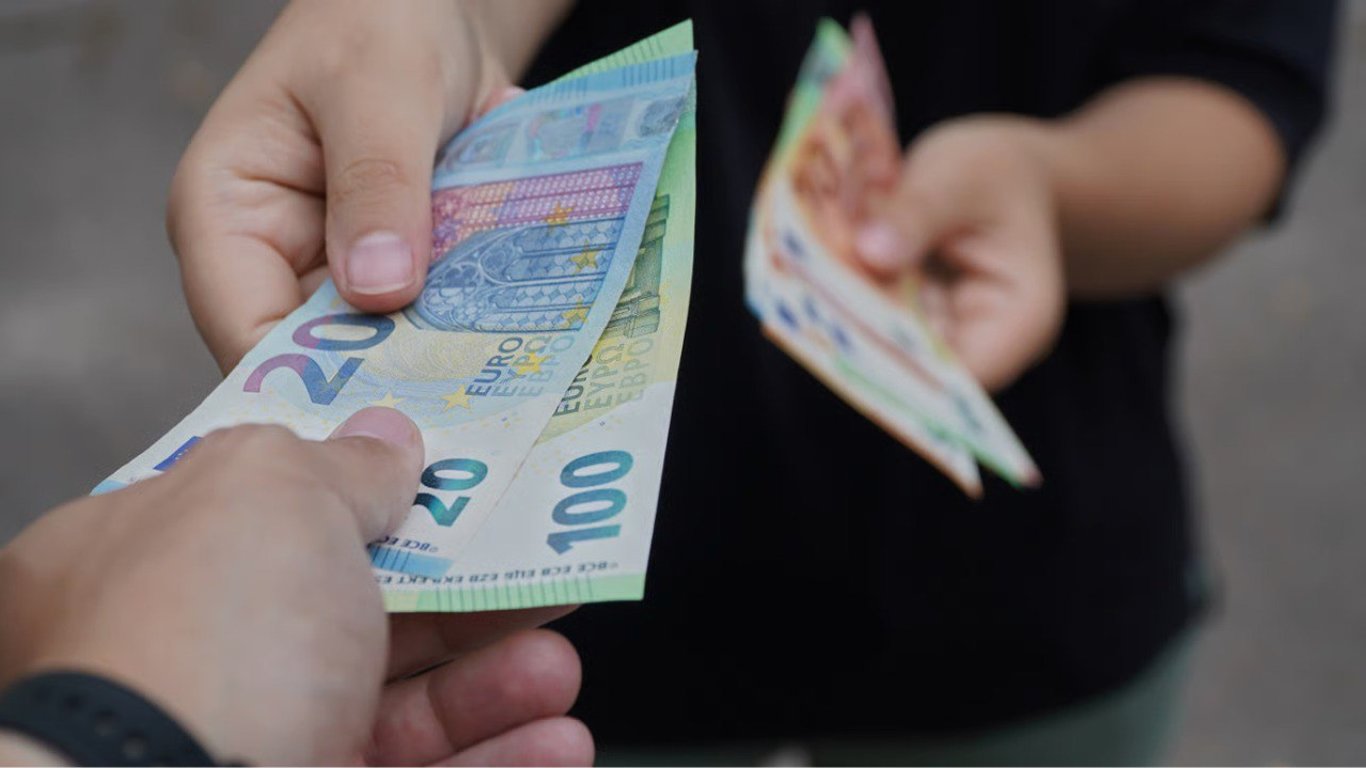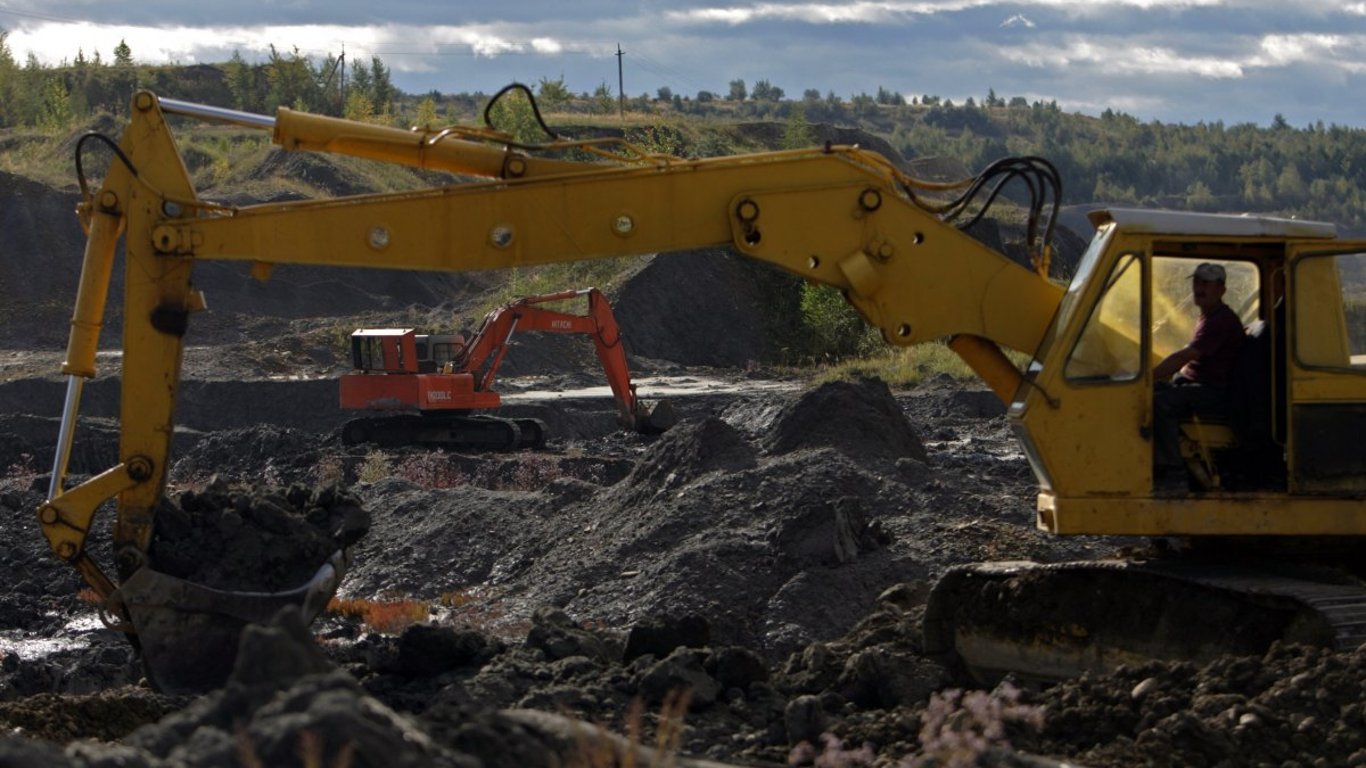What is a subsidy and what types does it have?.

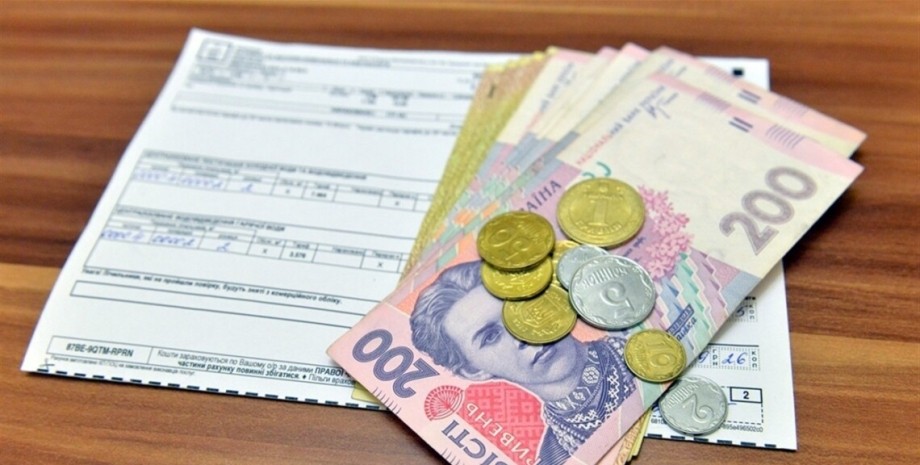
In any state, there is a wonderful mechanism of assistance, especially for a specific category of citizens. For example, in this system, it is important to separate what a subsidy is and for whom it is needed, useful, and beneficial.
Understanding the topic of what a subsidy is, it is necessary to understand the entire process, what it is, and what the subsidy is needed for. In the current context of war, the issue of subsidies in Ukraine is also important.
What is a subsidy?

So, to understand what this means in simple terms, we need to consider the main terminology. A subsidy is a form of state support provided to citizens for partial or full compensation of expenses for communal services such as electricity, gas, heating, water, and others.
Simply put, there are certain groups of citizens in the country who are considered socially vulnerable. That is, they find it difficult to provide for themselves. For example, citizens with disabilities or pensioners. When it comes to mandatory payments, such as paying for utilities, this obligation is not removed from them. But the state can support these citizens. It does so through subsidies. This is some form of compensation.
In Ukraine, subsidies are an important instrument of social protection designed to help low-income families who cannot cover high utility bills on their own.
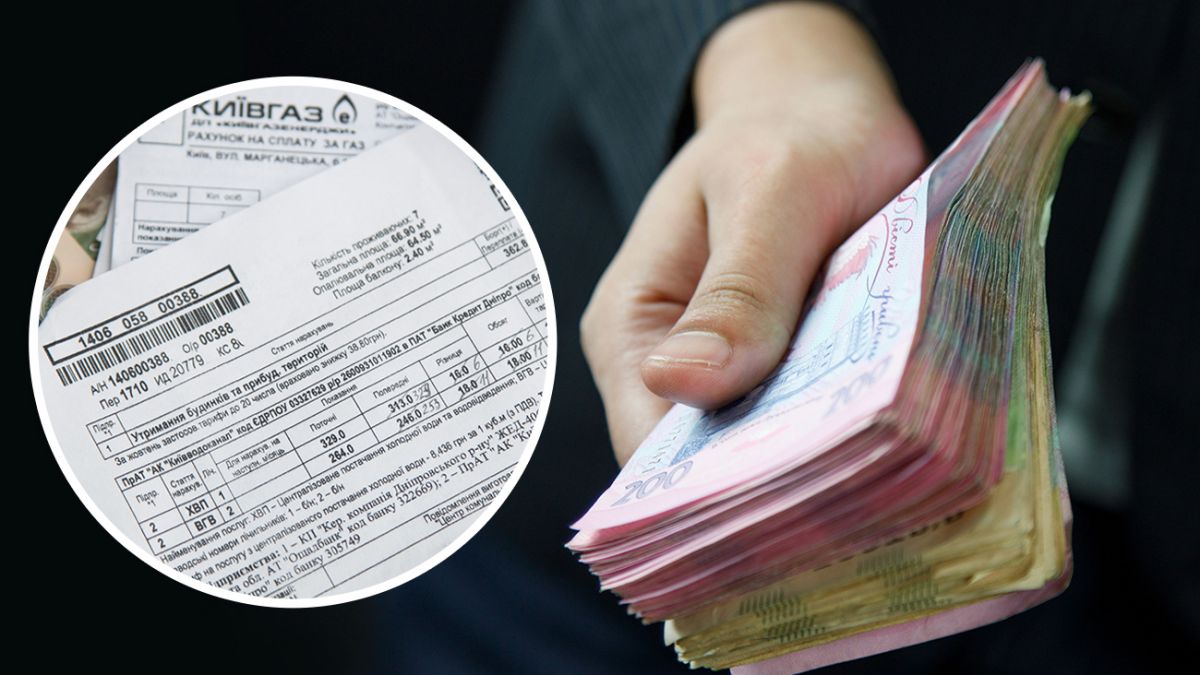
If we talk about the trends of recent years, the subsidy system in Ukraine has slightly simplified over the past few years. It has also become more widespread for many citizens.
Key terms regarding subsidies
A subsidy represents grant aid provided to needy families in the form of partial payment for utilities. That is, the state defines what it means to be needy. This is still a citizen who works or partially provides for themselves. But regularly paying all utility bills is difficult for them.
The subsidy aims to reduce the financial burden for households whose income is insufficient to cover all utility expenses.

If we talk about what a subsidy is, it is important to note the following key points:
-
A subsidy does not require repayment; it is provided by the state without obligations on the part of citizens. That is, if something is paid as a subsidy, it does not need to be repaid later.
-
These funds can only be used to pay for utility services.
-
Subsidies are provided for a limited period (usually for the heating season) and can be extended if necessary.
Overall, the subsidy system is quite simple.
Who can receive a subsidy?
Not every citizen can receive a subsidy. Every citizen who wants to receive a subsidy must also meet certain criteria. Citizens of Ukraine who spend a significant part of their income on utility services are entitled to receive a subsidy.
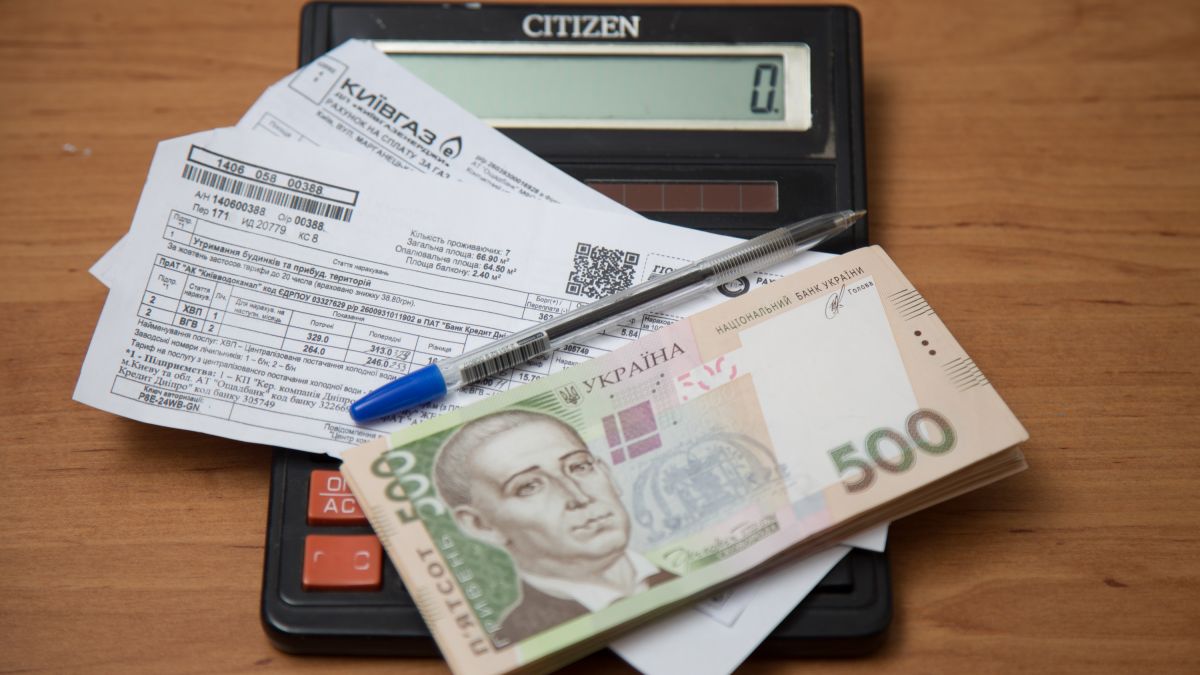
Who can receive a subsidy:
-
Low-income families. These are families with low incomes who find it difficult to cover utility bills on their own.
-
Pensioners. An important criterion is that the income of such citizens is often limited to pension payments.
-
Large families. Families with three or more children are entitled to a subsidy as their utility expenses are usually higher.
-
People with disabilities and individuals with limited abilities. People with disabilities can apply for a subsidy as the state supports them within the framework of social protection.
Due to the war that has been ongoing in Ukraine for the third year, new categories of citizens are also created who are eligible for a subsidy.
What subsidies can be obtained in Ukraine?
For regulating the process, it is necessary to highlight several types of subsidies. Additionally, each payment has its own criteria for who can receive subsidies.
The first is housing subsidies. This is the primary form of assistance provided for paying utility services. It covers expenses for heating, gas, electricity, water, garbage collection, and other services. A housing subsidy is provided based on an assessment of the household's income and the volume of utility services. When discussing subsidies, this type of payment is usually referenced.
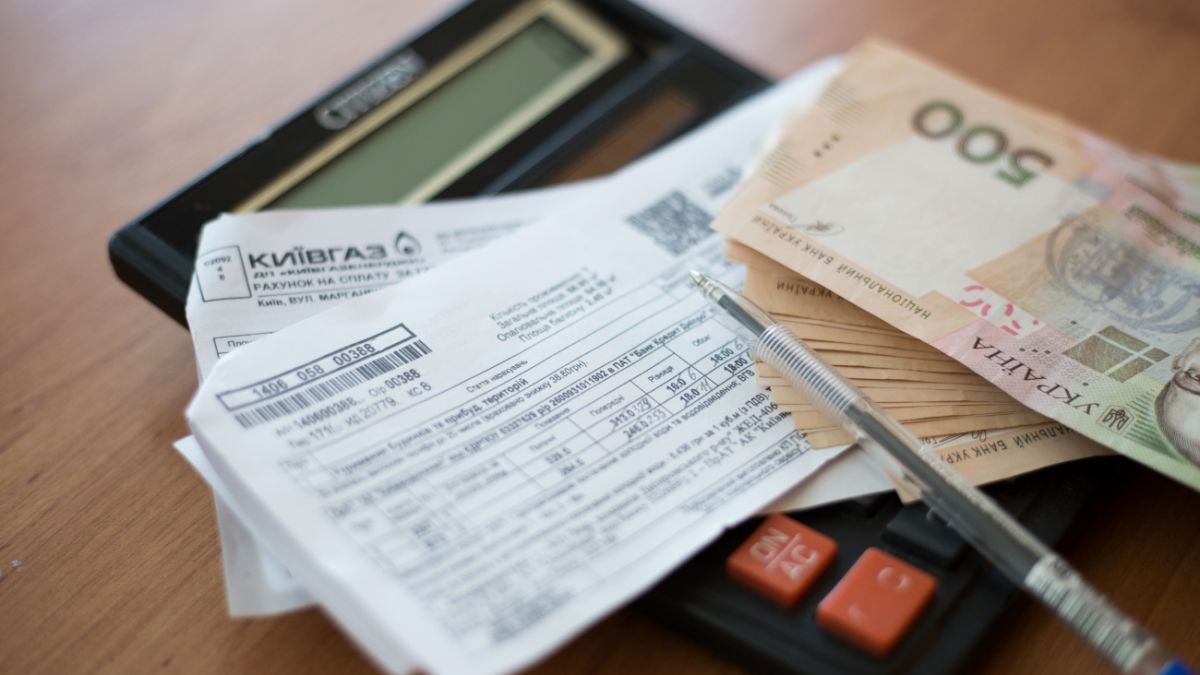
Its parameters:
-
The subsidy is provided based on data about the family's income.
-
When calculating it, the total amount of utility payments and the ratio of these payments to the household income are considered.
-
It can be for a specific period (e.g., for the heating season) or on a permanent basis.
Many Ukrainians receive this type of subsidy. There are also compensation payments for solid fuel. These subsidies are intended for citizens who live in houses not connected to centralized heating and gas supply. Usually, such citizens use solid fuel (coal, firewood) to heat their homes. The state provides compensation for the purchase of this fuel. Such a payment can only be received once a year, before the start of the heating season. The amount of such a subsidy can also vary.
There are so-called targeted subsidies. These are compensations provided for specific needs of the household and may include not only utility services but also other forms of support, such as for housing repairs or the installation of energy-saving devices. They are provided on an individual basis.
The process of applying for a subsidy
A few words should be said about how to apply for a subsidy. The procedure itself is simple, and it does not take much Time to get everything in order.
To receive a subsidy, it is necessary to collect and submit the following documents:
-
Application for a subsidy.
-
Declaration of income and expenses of household members.
-
Certificate of family composition.
-
Documents confirming property rights to housing (or rental agreement).
Every citizen must submit an application. Only after this will their application and all documents be reviewed. This type of application can also be submitted online, which is convenient.
Read also
- Earning on Coins — Which Two Kopecks Can Bring You Up to 10,000 UAH
- From August 1 — which important tax will be canceled for Ukrainians
- Minimum Wage in Germany — when and by how much it can be increased
- A PrivatBank client had 76 thousand stolen by scammers - did the court help
- Kyiv residents spoke about whether they are buying euros at the record exchange rate
- There Will Be More Gold - How Scientists' Invention Will Change Resource Extraction

